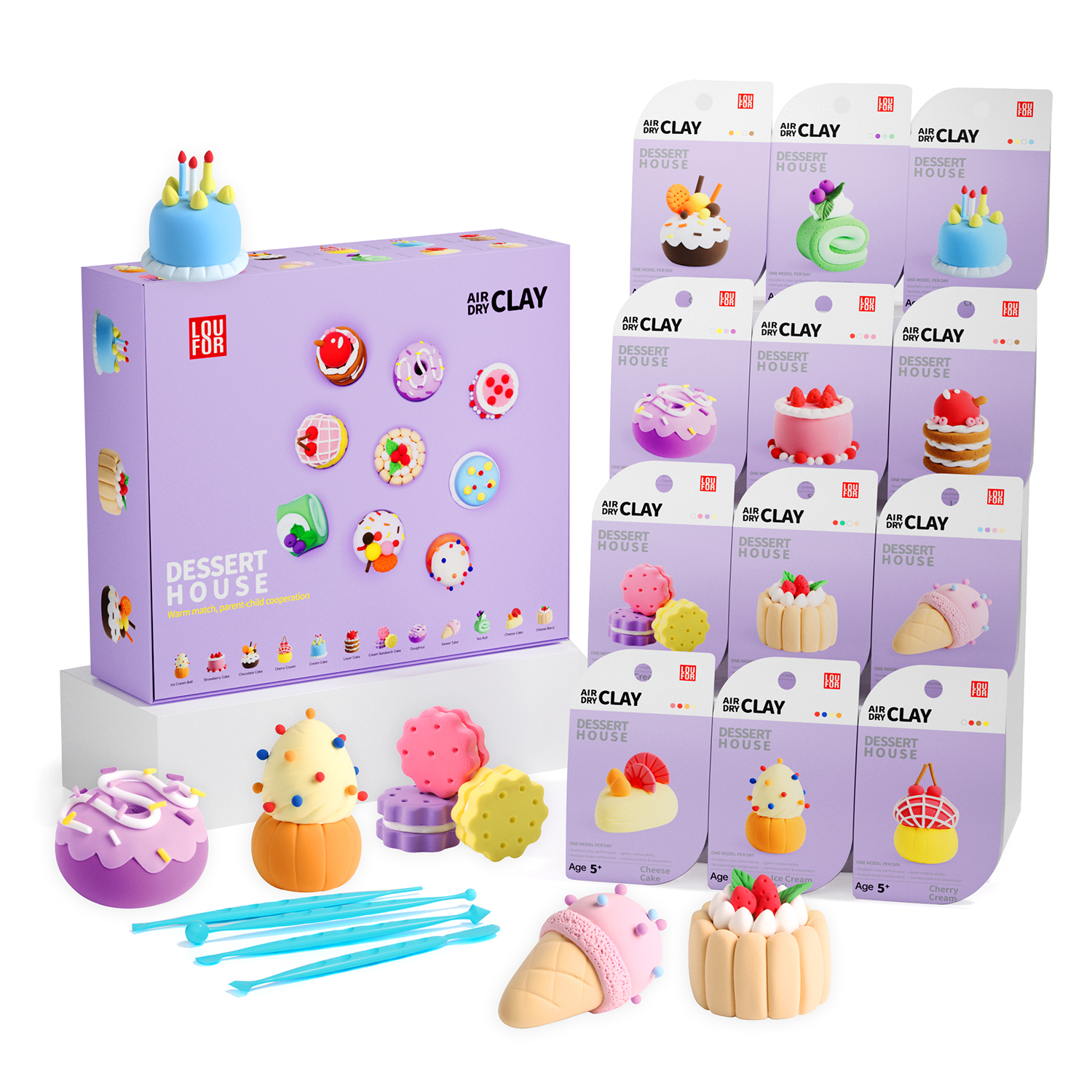Overview of OEM Super Light Clay
OEM super light clay has gained significant popularity in recent years due to its unique properties and versatility. This innovative product is known for being lightweight, making it ideal for various applications, including arts and crafts, educational projects, and even professional uses. The clay can be easily molded and shaped, allowing users to unleash their creativity without the constraints often associated with traditional modeling materials.

One of the standout features of OEM super light clay is its ASTM certification. This certification indicates that the clay meets stringent safety standards established by the American Society for Testing and Materials, ensuring that it is non-toxic and safe for use by children and adults alike. With this assurance, parents and educators can confidently choose this product for creative activities.
Benefits of Choosing the Best Chinese Manufacturer
When it comes to sourcing high-quality OEM super light clay, selecting the best Chinese company is crucial. These manufacturers are known for their advanced production techniques and commitment to quality control. By choosing a reputable company, customers can be assured of receiving a consistent product that adheres to international safety standards.
Furthermore, leading Chinese manufacturers often offer a wide range of colors and textures, catering to diverse artistic needs. The ability to customize products according to specific requirements also makes these companies an attractive option for businesses looking to create unique offerings in the market. This flexibility can significantly enhance the customer experience and satisfaction.
Applications of OEM Super Light Clay
| No. | Article Name |
| 1 | diy play dough Price |
| 2 | OEM ultra light clay with ISO certification Best Chinese Wholesaler |
| 3 | child light weight clay Best Chinese Makers |
| 4 | kids play dough Chinese Best Exporter |
OEM super light clay is incredibly versatile, making it suitable for various applications. Artists and crafters frequently use it to create intricate sculptures, embellishments, and decorative items. Its lightweight nature allows for larger creations without the risk of structural issues, opening up new avenues for artistic expression.
In educational settings, this clay serves as an excellent tool for teaching concepts such as 3D modeling and spatial awareness. Teachers can incorporate it into hands-on learning experiences, promoting engagement and creativity among students. Additionally, it can be used in therapeutic environments, providing a tactile experience that can aid in motor skill development and relaxation.
